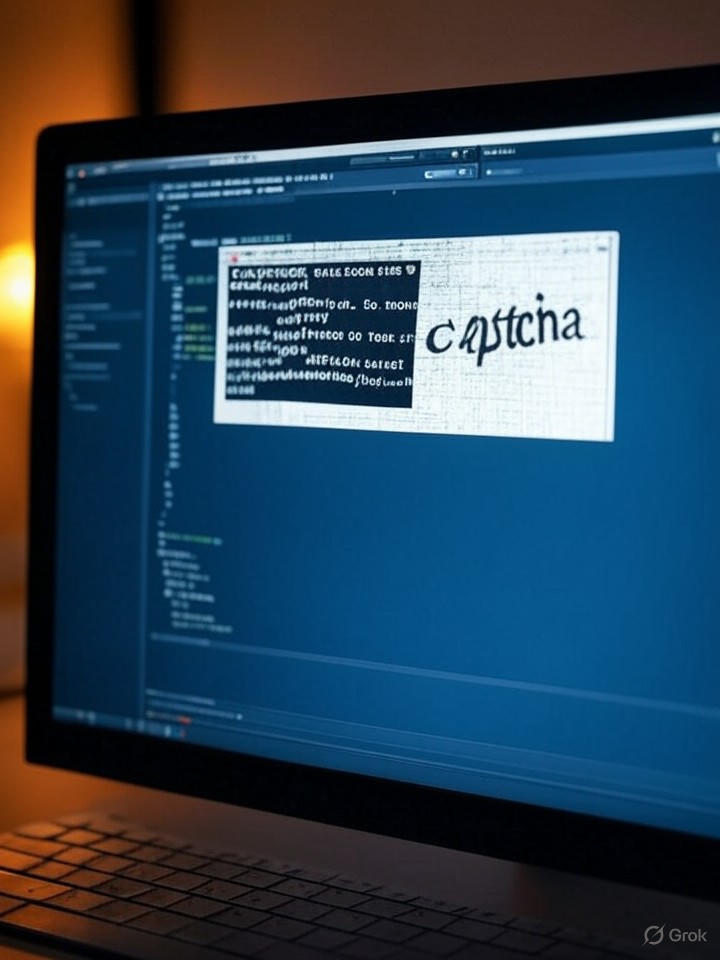In the shadowy world of cybersecurity threats, a sophisticated malware campaign known as ClickFix has emerged as a formidable force, leveraging everyday web elements like CAPTCHAs to ensnare unsuspecting users across platforms. First documented in 2024, this tactic has rapidly evolved, replacing earlier methods like ClearFake and infecting devices through deceptive prompts that mimic legitimate error messages or verification challenges. According to a recent report from The Hacker News, the campaign tricks users into copying malicious code snippets into their clipboards, which are then executed via simple keyboard commands, bypassing traditional security barriers.
What sets ClickFix apart is its cross-platform adaptability, targeting Windows, macOS, and even mobile environments with equal cunning. Attackers embed fake CAPTCHA interfaces on compromised or phishing sites, prompting users to “fix” alleged issues by pasting code into run dialogs or terminals. This social engineering ploy has proven alarmingly effective, as it preys on users’ trust in familiar web protocols.
The Rise of State-Sponsored Exploitation
The campaign’s sophistication escalated when state-sponsored groups adopted it. From November 2024 to February 2025, actors linked to Iran, Russia, and North Korea weaponized ClickFix for targeted phishing, delivering payloads that included remote access trojans (RATs) and ransomware. The Hacker News detailed how these groups replaced conventional payload delivery with ClickFix lures, enhancing stealth and evasion.
One notable variant involved Russian hackers deploying LOSTKEYS malware, aimed at advisors, NGOs, and journalists. By May 2025, this had expanded into broader campaigns using Cloudflare Tunnels to tunnel malicious traffic, as reported in a June analysis by the same publication. These methods allowed in-memory RAT deployments, minimizing forensic footprints and complicating detection.
Propagation Tactics and Real-World Impacts
ClickFix’s propagation often chains with phishing emails or fake GitHub repositories, infecting hundreds of devices. A July report from The Hacker News revealed that CastleLoader malware compromised 469 systems since May 2025 via such vectors, highlighting the tactic’s rapid evolution. Meanwhile, ransomware groups like Interlock have integrated ClickFix to execute commands on Windows, exploiting ActiveX controls to download payloads like Epsilon Red, per insights from GBHackers.
Victims span North America and Europe, with incidents involving HTA files spreading ransomware, as noted in a recent SC Media article. The attacks start in browsers, hijacking clipboards or File Explorer, and culminate in full system compromise, underscoring the need for behavioral analytics in defenses.
Defensive Strategies and Future Implications
Industry experts recommend multi-layered defenses, including clipboard monitoring and user education on suspicious prompts. Tools like those from Keep Aware, as demonstrated in a BleepingComputer breakdown of a real attack, can intercept these threats early by detecting anomalous browser behavior.
As ClickFix continues to mutate, its adoption by both cybercriminals and nation-states signals a shift toward more insidious social engineering. Cybersecurity firms must prioritize real-time threat intelligence to counter these blended attacks, ensuring that everyday web interactions don’t become gateways to broader breaches. With infections rising, proactive vigilance remains the key to mitigating this persistent menace.




 WebProNews is an iEntry Publication
WebProNews is an iEntry Publication